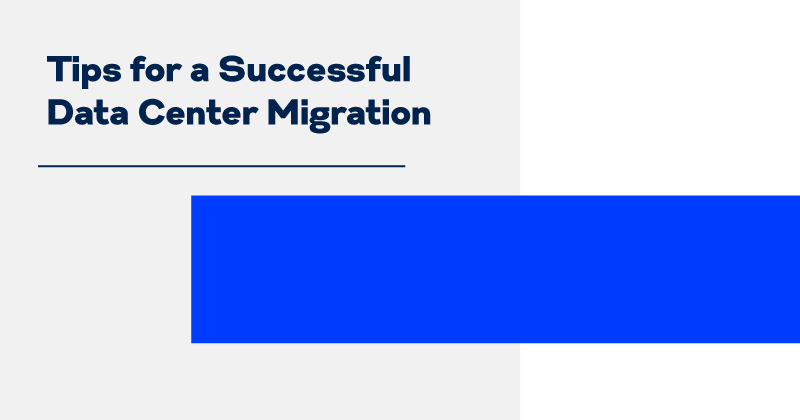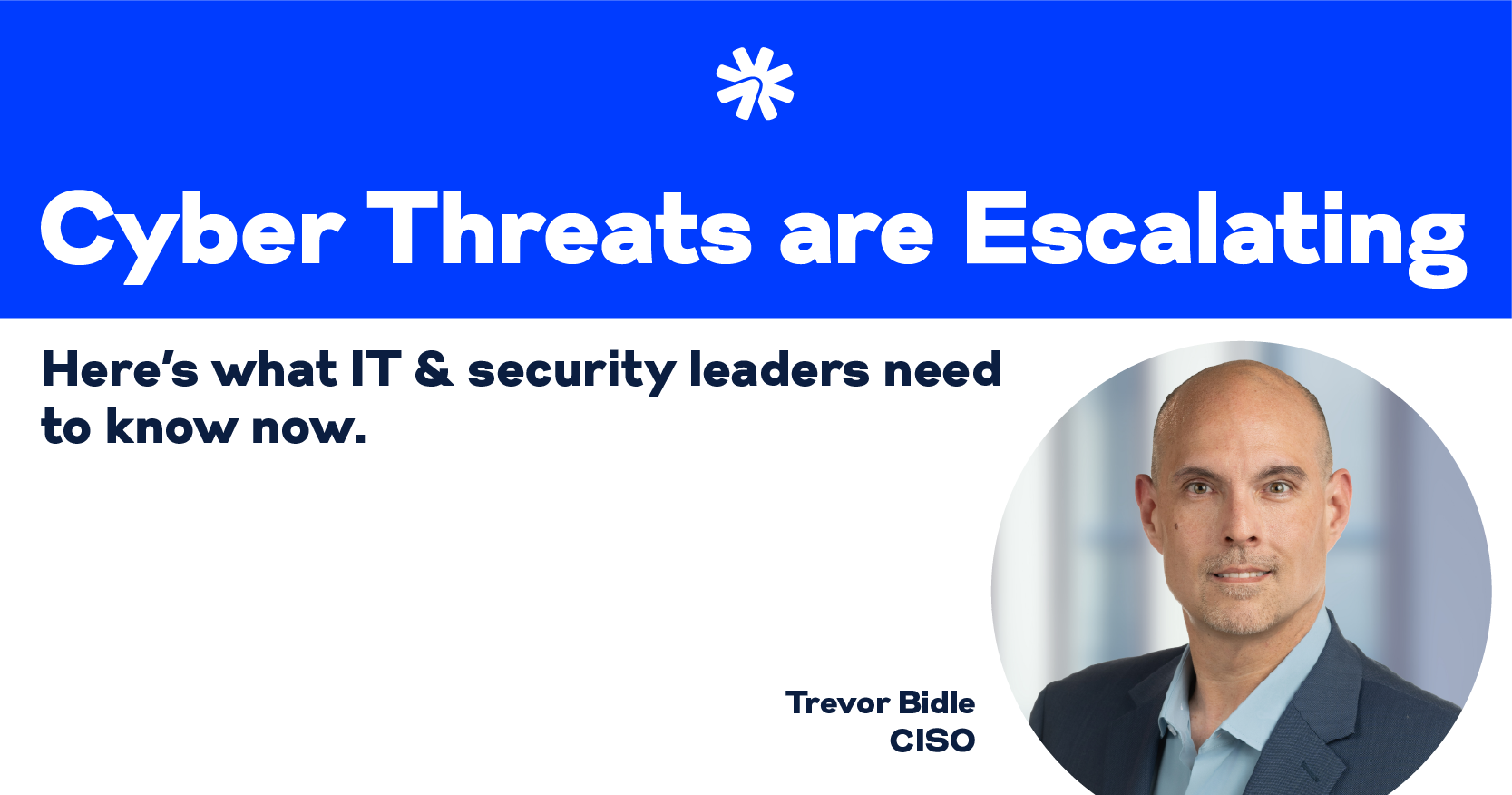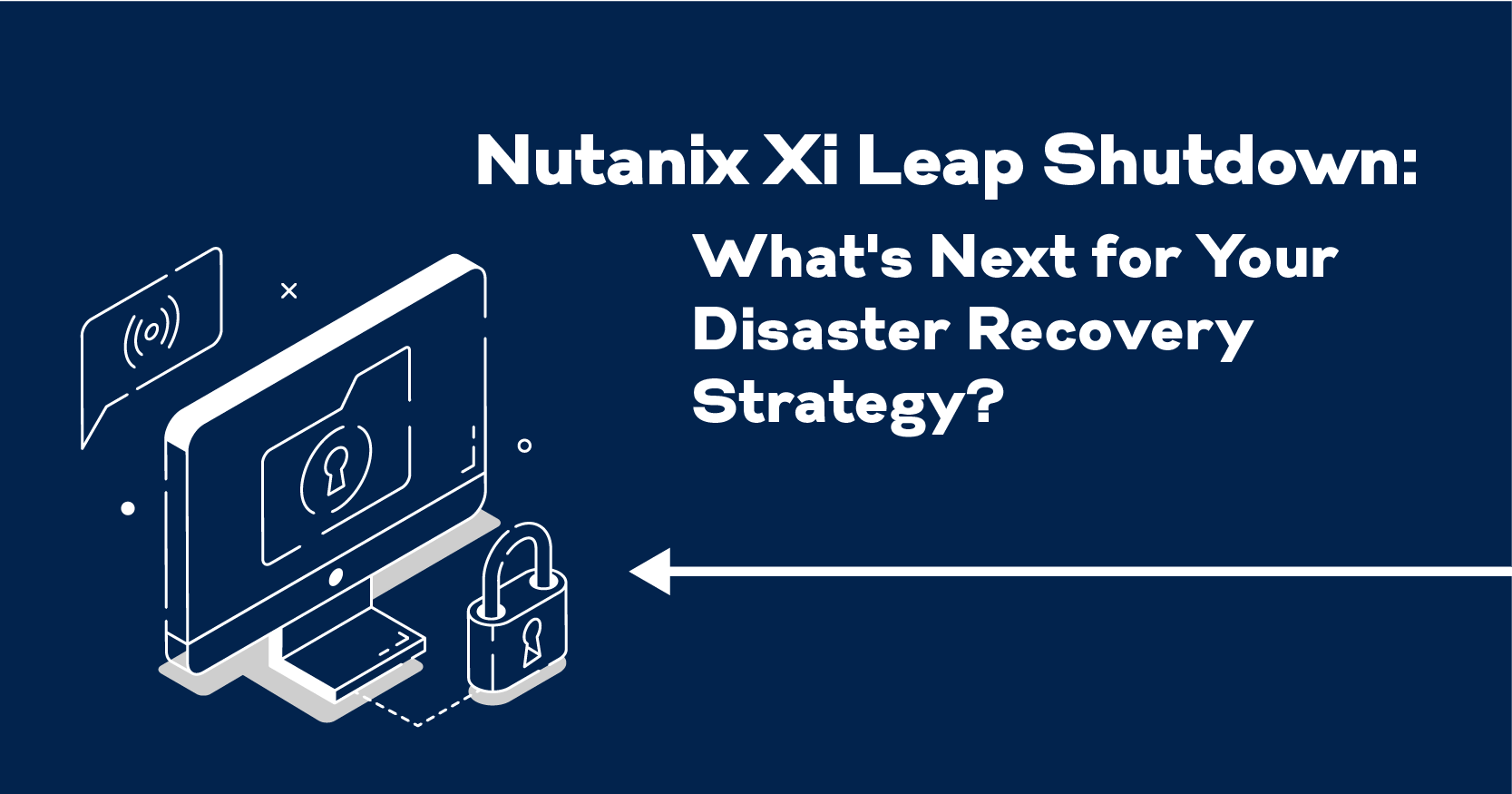Tips for a Successful Data Center Migration

Whether it entails going across the street or across the country, very few people enjoy moving. There are the hassles of organizing, packing, making the physical move, unpacking, dealing with utilities on both ends, and more. There are the disruptions to one’s daily routine. Unexpected costs often pop up. Stress is all part of the experience.
It’s not that much different when it comes to a data center migration ─ specifically to a colocation facility . We’re not talking about leasing a couple of racks to house a few servers in a colocation facility. We’re referring to relocating from an on-premise data center to a third-party colocation facility, or from one third-party data center to another. Either way, it’s a major undertaking.
A lot of the hard work has already been done to get you to the point where you’re making a move to a new colocation facility. However, there still may be hassles. There may be additional costs. There may be stress. But with proper planning, migrating to a new colocation facility can run smoothly. The tips that follow will help.
Assemble Your Team
If you haven’t already done so, appoint a project manager and a project team to handle the migration. Include technical staff who are familiar with the current data center setup. If any have gone through previous migrations, all the better. They’ll be able to draw upon “lessons learned.”
Consider hiring a consultant with experience and expertise in data center migrations. The consultant can help ensure you follow best practices, avoid common obstacles, and identify opportunities for improvements.
Get well acquainted with your primary contact at the new data center, and any staff there that will be assisting you. Also, take advantage of any resources the new data center operator offers as well.
Outline and implement plans for how everyone will communicate with one another throughout the entire migration process. Open, interactive communication ─ particularly with the new data center operator ─ will be critical to keep things moving smoothly and to meet migration objectives, budgets, and schedules.
Review Your Business Case
Before putting a data center migration plan in place, review the business case you built to support the move. You’ll likely need to refer back to this information throughout the data center migration planning process. Make note of the requirements, specifications, objectives, success measurements, and any estimates it included.
Pay special attention to any future needs or objectives noted. For example, you may not be thinking of using cloud services right away. But, if you plan to do so in the future and it’s something the data center company offers, you’ll want to take this into account throughout the planning process.
Make sure to share this information with your migration team, as appropriate.
Revisit and Finetune Scope and Budget
Data center migration costs seldom remain static, and cost creep is common for a variety of reasons. To better control costs, make sure you have a fully developed scope of work in place with budget estimates attached.
Periodically check back on both. Make adjustments as needed. Communicate changes to the appropriate parties so there won’t be any surprises. You may want to specify someone on your migration team to be the point person for budget matters.
Audit and Assess
This part may already have been done as part of the business case for your data center migration. If not, now’s the time to do it. You’ll need to reference this information throughout the migration process. Here are some of the things to include in the exercise:
- Inventory all your data center assets. Make note of all relevant information such as any required maintenance contracts, leases, estimated lifespan, performance issues, staffing requirements, etc. Determine what’s making the move, what’s being decommissioned or sold off, and what else may be needed to handle existing workloads.
- Create and/or review plans for decommissioning equipment that won’t be moving to the new data center. Also, look at your plans for any new equipment that will be purchased or leased.
- Evaluate the applications your current data center supports. Look at downtime history; server, network, storage, and operating system requirements; connectivity diagrams; power specifications and cooling requirements; interaction with other apps; data generation and handling; and other considerations. Make sure the new data center environment can accommodate them. If not, work with your data center operator/owner to ensure they will.
- Review the standard operating procedures and other processes that are in place to keep your data center running. Do they cover hardware and software installation? Updates and patching? Backups? Monitoring? Incident reporting? Disaster recovery? Performance? What’s missing? What’s redundant? What could be done better? Revise and/or add to them to make sure they’ll cover your new data center. Now is the time to make things better.
- Assess your existing security mechanisms– physical and digital. How effective are they? Is the data center regularly audited for compliance with any regulatory requirements or industry standards, such as PCI and HIPAA, and does it regularly pass those audits? What are you doing to make sure the new data center exceeds what you’ve been doing in past?
Create a Data Center Migration Checklist
Your data center migration plan should include a list of all the steps involved in the physical migration, from keeping business operations up and running while hardware is in transit to testing everything in the new data center. Make sure you include both pre-migration and post-migration testing.
Consult various resources, including your new data center operator. Ask others who have been through the process how they handled things. Each organization’s checklist will vary based on a variety of factors, but it’s important to have something in place to help you move the migration process forward.
As with many of the other steps noted, revisit and update your checklist frequently. Communicate changes to all involved parties to keep everyone working together.
Determine Resource Requirements
It will likely take more than just your migration team to pull off a data center migration. Determine the other resources you’ll need. The checklist from the previous step will provide some guidance.
Who will handle the actual dismantling, packing, and loading of hardware or other equipment? Will you use an internal team or a third-party company for some or all aspects? Who will handle the actual transport? Who will handle the reassembly and hookup of the equipment in the new data center? Who will handle testing to make sure things work? Do you have the appropriate insurance in place to cover things?
How will you handle the disruption to operations during the move? If there is no time for downtime, what will be needed to avoid any business disruption? Think about the full scope of what’s entailed in a data center migration to ensure you have all the resources necessary to pull it off.
Plan the Hardware Move
One of the key steps in the aforementioned checklist will be the physical movement of hardware, such as servers and storage. You should already have a list of existing hardware to move (and plans for what to do with anything that isn’t being moved.)
If the migration will involve fragile hardware, consider hiring an experienced external team to dismantle, transport, and safely reinstall data center equipment. Servers require extra care during moves as they are sensitive to electrostatic discharge and other environmental conditions such as temperature, magnetic fields, and shock.
Make sure the physical move of equipment takes into consideration the coverage of services and/or business operations once the equipment is down. It should take into account dismantling, packing, loading, unpacking, reassembly, testing, and security throughout the whole process.
Also build in time, resources, and costs to cover any new equipment. Account for how and when that equipment will be transported, installed, and tested in the new data center, and what resources will be needed.
Create a Schedule
Creating a data center migration schedule is a balancing act. You want to move ahead and get things up and running as soon as possible. But you also want to take sufficient time to do everything right.
There’s also the reality that migrations involve a lot of moving, often inter-related parts. In addition, provisioning of hardware and networking resources, among other things, can take considerable time. Lead times need to be incorporated into the schedule, along with the flexibility to account for common issues that can arise (i.e., delays in equipment delivery).
Create a schedule that allows sufficient time for each major step, bakes in some flexibility, and shoots for an estimated go-live date. Communicate the estimated launch date, making it known this is an estimate only. Don’t set unrealistic expectations.
Consider the schedule to be a “guideline.” Stick to it as much as possible, but frequently revisit and update it as needed, communicating any changes. If during the course of the project things happen more quickly, great. That should always be a goal, as long as it doesn’t affect the success of the migration. Change the schedule to reflect that and communicate this to the team and other key stakeholders.
However, you may be required to complete a data center migration by a certain date. For example, you may currently be in a leased facility with a lease that’s about to expire. In these cases, it will be important to build in a cushion between the anticipated completion date and the absolute completion date.
There’s More
There is a lot more that goes into a data center migration than can be covered in a single blog. However, some of the areas we’ve covered can help you in achieving a more successful data center move. After all, with our data centers strategically located throughout the country, US Signal knows what it takes to carry out successful moves to new colocation facilities, as well as to the cloud.
To learn more about US Signal’s data centers and how we can help with your migration, contact us at 866.274.4625 or [email protected] for information.



